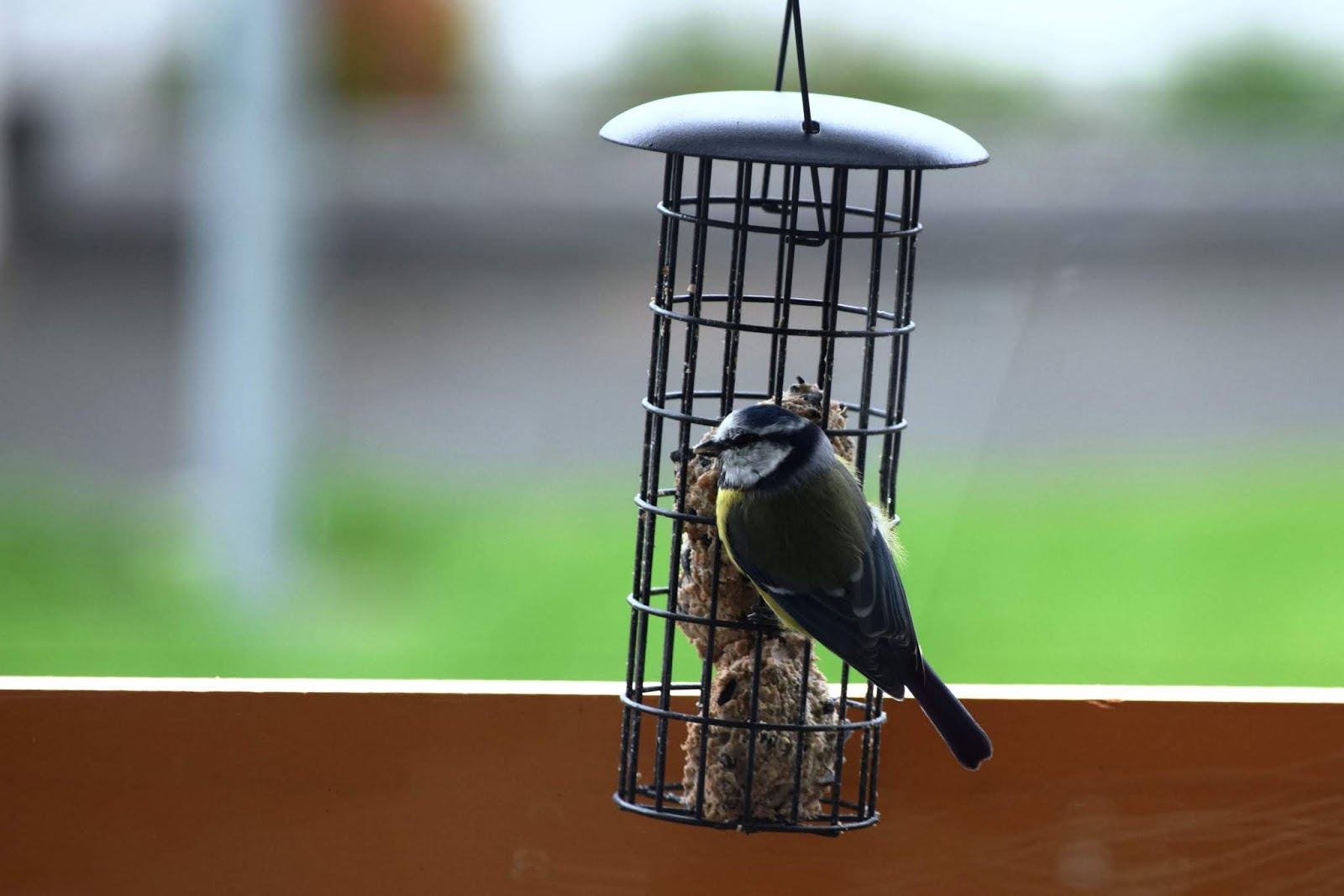They say necessity breeds invention - so when you're replanting your Zamioculcas zamiifolia and the rhizomes don't fit in the pot you had prepared... you need to find something ASAP. I scanned the kitchen for something that could easily be transformed into a new house for one of the ZZ plant babies, and my eyes landed on a few milk cartons that needed to be taken outside to the dumpsters.
Would it work? I did a mental checklist...
- designed to hold water ✅
- big ✅
- free ✅
- drainage hole ✅
I decided to try it out...
In general, I know that tetrapak cartons technically can be recycled... but I'm kind of dubious about how true that is. It's thin layers of plastic on a cardboard base, so do I put it with paper? Do I put it with plastics? How much energy is used in the recycling plant to separate the layers?
I recently wrote a post on how I would like to reduce waste and be more environmentally friendly - this is a great way to reuse something that would otherwise go in the bin, and also stops me buying another plastic pot. I love using washed yoghurt pots to replant small plants, so this could be a great way to replant the bigger ones.
First thing I did was to cut open the carton - about 1/3 of the way from the bottom. You want more room in the "pot" than in the "saucer".
Make sure you give the pot a really good wash! You don't want any food bacteria to had a bad effect on your plants or to turn the soil mouldy. A scrub with some washing up liquid and warm water should do just fine. Make sure you wash in the nooks and crannies too!
Keep the lid screwed on for now - fill the pot with soil and pack down well around the screw top. Add in your plant, and water well.
I then unscrewed the top and my soil stayed in without any problems - only water drained through. If you're worried about soil falling out of the hole, you could poke holes in the plastic cap and screw it back on (this would still allow for drainage, without a huge hole for the soil to fall out from).
Do you repurpose anything at home that would otherwise be thrown away?
















































